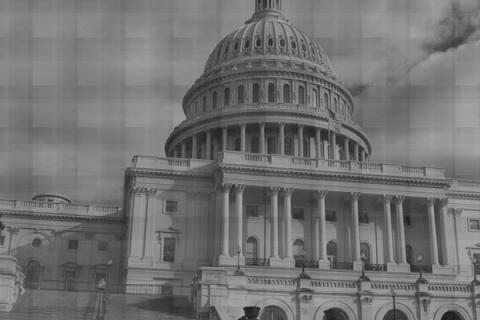
Last month, the world came to realize that carbon dioxide levels passed the sobering threshold of 400 parts per million for the first time in over 2 million years. While the economic consequences of such a milestone remain somewhat speculative, the United States government has sought to put a dollar figure on each ton of carbon emitted into the atmosphere in hopes of estimating the cost of a continued carbon-intensive economy and potentially applying the figure to incentivize emission reductions through executive or legislative action.
In 2010, 12 government agencies working in conjunction with economists, lawyers, and scientists agreed to work out what they considered a coherent standard for establishing the social cost of carbon. This “social cost of carbon” is an important concept in environmental policy.
The idea was that, in modeling the costs and benefits of potential policies and regulations, government agencies would need to use one coherent figure. The agencies collectively decided to use a baseline of $21 per ton as the standard in monetizing the social costs of the seven-plus billion tons of carbon generated by American power plants, vehicles, and factories each year.
The social cost of carbon is meant to be a comprehensive estimate of climate change damages and includes changes in net agricultural productivity, human health, and property damages from increased flood risk.
However, it does not include all important damages and, as noted by the Intergovernmental Panel on Climate Change (IPCC) Fourth Assessment Report, it is “very likely that underestimates” the damages.
One of the largest problems concerning this calculus is with the assumptions required in making such an assessment. How much more valuable is a carbon reduction today than tomorrow? Given that people are more concerned about having money now, economists posit that we are willing to spend less than a dollar today to prevent a dollar’s worth of damage in a year, or two years, or a generation.
The $21 per ton baseline established what economists refer to as a “discount rate” of 3 percent per year. The lower the discount rate, the cheaper the social cost of carbon becomes in governmental analyses.
Some economists have justified using higher discount rates because they expect that people in the future will have relatively more money and so be less affected by the damages. Every dollar spent mitigating climate change is also a dollar that cannot be invested in something else which could potentially have much higher returns in the future, they argue.
However, Laurie Johnson, chief economist in the climate and clean air program at the Natural Resources Defense Council contends the discount rate needs to be lower because climate change has the potential to severely disrupt projected economic growth. Even if income does rise over all, the people most harmed by climate change may not be experiencing the same rate of economic growth — a factor that she says bears significant consideration.
Additionally, she – like the IPCC report – believes that the social cost of carbon does not include many of the negative impacts that the rising concentrations of atmospheric carbon will produce.
As of today, the typical computer model estimates the social cost of carbon at around $35 per ton, more than 60 percent higher than 2010 estimate. This rise is not due only to rising carbon levels, but increased global emissions and advanced computer modeling taking into account more of the externalities of carbon emissions.
Regardless, this calculus proves that the social cost of carbon-intensive economies is becoming rapidly more expensive. As a result, governments must read the tea leaves and incentivize low-carbon economies or face the impending costs and consequences of a carbon-reliant world.
